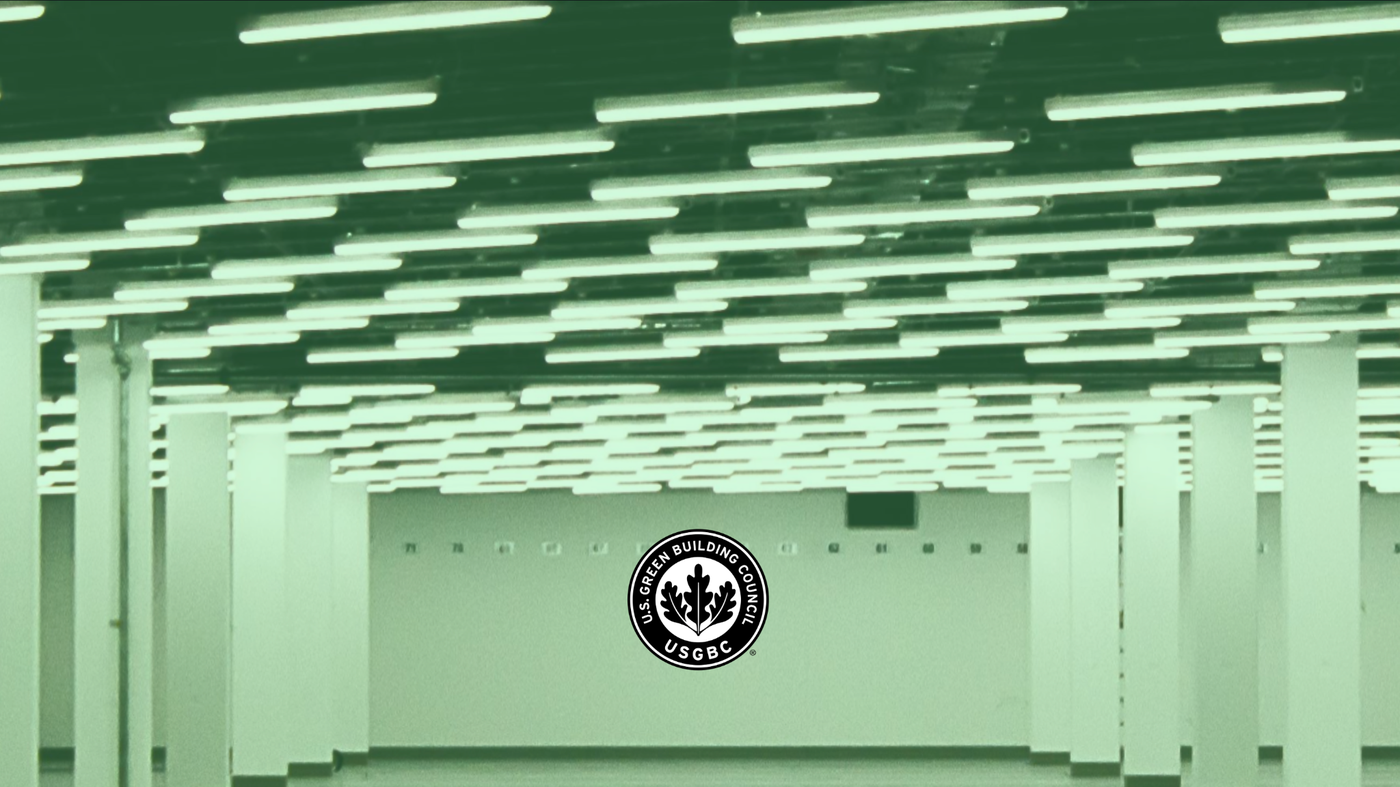One Platform, One Interface, One Integrate: How Scenariio Ltd and smartengine Are Reshaping Smart Building Experiences
wtec and Scenariio Ltd are proud to hold a partnership built on shared values of innovation, integration, and intelligent building design.

wtec and Scenariio Ltd are proud to hold a partnership built on shared values of innovation, integration, and intelligent building design. Together, we've delivered impactful smart building solutions across a range of projects—combining Scenariio’s expertise in IT infrastructure and smart technology integration with wtec’s smartengine platform, a sensor-based, low-voltage intelligent lighting solution. This collaboration has helped clients achieve their sustainability and wellness goals by integrating real-time lighting, occupancy, and air quality data into building management systems. With up to 75% energy savings from lighting and up to a 34% reduction in total operating costs, smartengine optimizes light levels and unlocks powerful building data, enabling day-two benefits through an open API.
Technology and Integration
smartengine’s low-voltage lighting platform goes beyond illumination, delivering real-time indoor air quality (IAQ) monitoring and motion data through its sensor network. Scenariio integrates this data seamlessly into other building systems, empowering clients with actionable insights for healthier, more efficient spaces. By leveraging a single infrastructure for lighting, IAQ, and occupancy reporting, we simplify systems while enhancing building intelligence.
Supporting Wellbeing Indoors: Lighting for the Seasons
As we move into autumn and daylight hours decrease, indoor environments play an even greater role in supporting our wellbeing. Lighting quality and responsiveness can affect mood, focus, and sleep cycles. smartengine enables human-centric smart lighting (HCsL) that mimics natural daylight to support circadian rhythms, boosting both wellbeing and productivity. By providing a multi-functional solution, smartengine supports healthier, more adaptable spaces.
Synergy with smartengine and Scenariio
To explore what this integration looks like in action, we invited Timothy Miscovich, Chief Commercial Officer at wtec, and George Pritchard, Technical Director at Scenariio Ltd, to share their insights on innovation, wellbeing, and what’s next in smart building technology.
Timothy Miscovich: What excites you most about the future of smart building tech?
George Pritchard: I’m really excited about moving away from siloed, proprietary systems and into genuinely integrated building platforms where everything; lighting, HVAC, occupancy and air quality data works together in real time. It means buildings won’t just respond, they’ll actually anticipate the needs of the people in them that day. That’s huge for wellbeing and for cutting waste. With the right IoT backbone, we can make smart buildings adaptive and genuinely intelligent.
TM: How does smartengine complement Scenariio’s solutions?
GP: smartengine gives us a sensor-rich, low-voltage infrastructure that delivers really detailed space-use data without adding complexity. It fits perfectly with how we work, using a building’s structured cabling network to bring together lighting, environmental monitoring and analytics in one system. The result is something that’s efficient but also very people-focused.
TM: What should building owners or facility managers consider when making their space smarter?
GP: The first thing is to start with why. Is it energy savings, ESG goals, wellbeing, or space optimisation? That should come before chasing whatever the latest gadget is. We’ve worked with smartengine for almost 15 years now and it’s tried, tested and proven. Too many smart buildings fail because they’ve been fitted with untested products. Owners should be looking for solutions that can scale and still give flexibility for changes and upgrades in the future.
GP: How do you see AI and predictive analytics changing the way smartengine can anticipate what people need?
TM: There are already many strong platforms leveraging AI, machine learning, and predictive analytics to drive smarter outcomes. What makes smartengine unique is the quantity and quality of data it collects. By feeding this data into these advanced platforms, outcomes can be significantly enriched—leading to even better performance than what we’re achieving today. Ultimately, this will make the management of spaces and buildings more efficient, cost-effective, and seamless for the people responsible for them.
GP: In your experience, what’s the biggest improvement clients notice straight after installation?
TM: This depends on the type of installation. In retrofit projects, the most immediate impact is often noticed by the end users of the space—drastically improved lighting quality, along with the benefits of per-fixture daylight harvesting and task tuning. In new construction projects, the best outcome is when the system operates so smoothly that occupants don’t even realize it’s there. Instead, it’s the facilities and operations teams who quickly see the advantages: a lighting system that runs reliably, provides best-in-class data for analytics, and delivers substantial energy savings across both lighting and HVAC.
GP: With the growing focus on ESG and wellbeing, where do you think building priorities will be in the next few years?
TM: I believe we’ll see a significant shift toward upgrading “normal” or existing buildings with smart and sustainable technologies, ensuring they are not left behind as standards rise. For buildings that already have advanced systems in place, the next priority will be deeper integration—expanding analytics capabilities and monitoring new categories of data points that are not commonly tracked today. This evolution will allow buildings to not only meet ESG goals but also actively support occupant wellbeing in smarter, more holistic ways.
Looking Ahead
By combining Scenariio’s integration expertise with smartengine’s real-time sensor platform, we're making buildings that are not only smart – but intuitive, healthy, and ready for future demands. As we approach the darker months, the opportunity to design for light, air, comfort, and connectivity becomes more important than ever.





